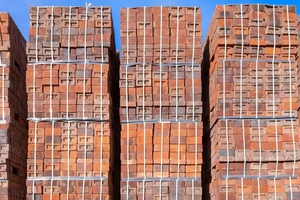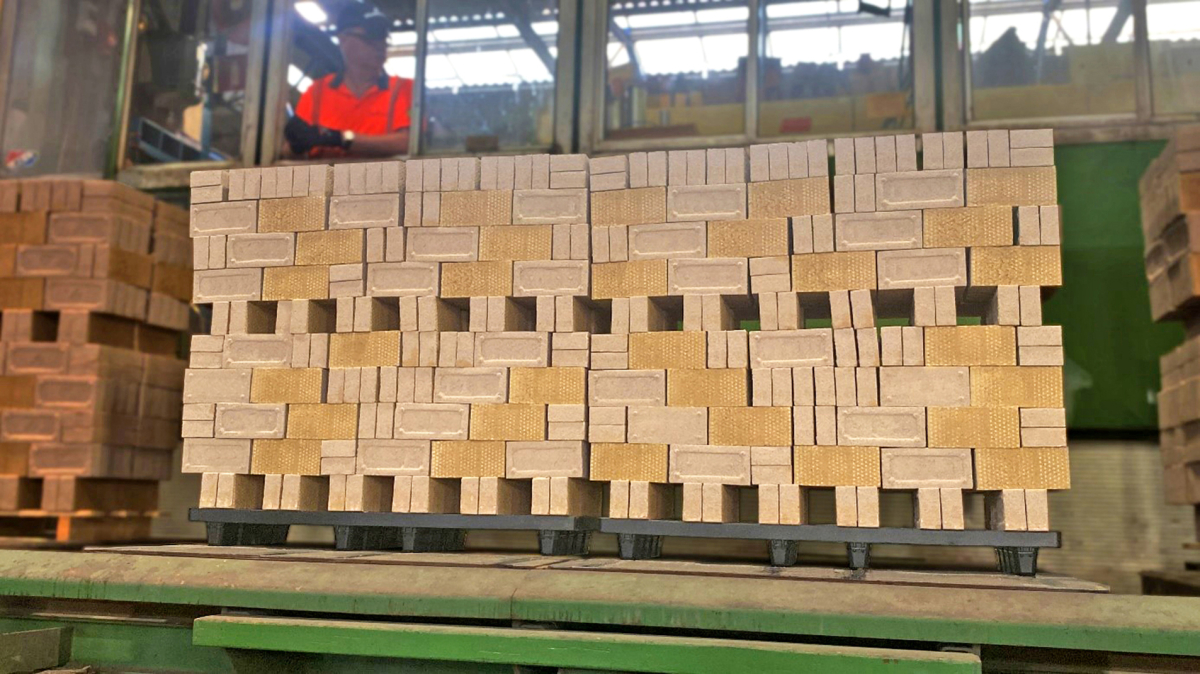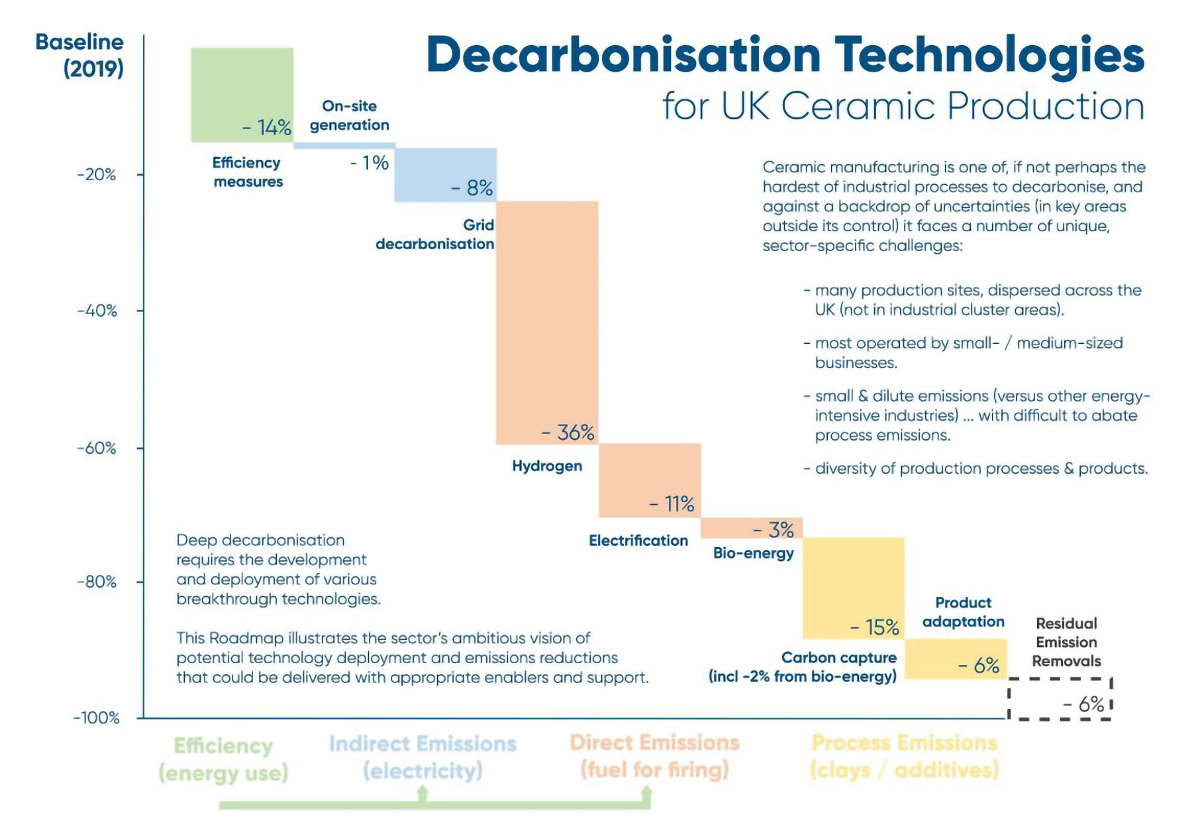Reducing the embodied carbon of clay brick packaging with bioplastic
16.07.2024The british brick producer Michelmersh has announced it‘s scheme to further reduce plastic packaging in a web article released July5th 2024. The company states that it has taken a big step towards fulfilling their plastic elimination commitment—by introducing sugarcane-based plastic alternatives.
In 2021, Michelmersh had committed to eliminating non-essential plastics that health and safety and product quality standards deem unnecessary. As part of that commitment, the company had phased out shrink wraps and shrink hoods for the majority of wire-cut brick products across its portfolio of brands.
The UK brick producer is at the moment looking at how soon they can swap out its current packaging for the sugarcane-based alternative. The new packaging is already used by two of Michelmersh’s brands:
- Hathern Terracotta has been using the sugarcane-based alternative packaging since January 2024.
- Freshfield Lane will start using sugarcane-based plastic packaging for all its products from June 2024.
How Michelmersh is tackling the plastic packaging problem
In collaboration with an award-winning plastics company in Hereford, UK, Michelmersh is adopting innovative new bioplastic packaging made with 70 per cent sugarcane polymer. The remaining 30 per cent is recycled plastic, due to the current criteria for the UK’s Plastic Tax. But, the packaging is still fully recyclable and, importantly, carbon negative.
To be precise, creating a polymer (the material plastics are made from) using sugarcane prevents 2.27 net tonnes of carbon emissions per tonne of plastic. This is compared to a fossil fuel polymer, which produces 3.1 net tonnes of carbon emissions per tonne of plastic.
Why sugarcane?
Unlike fossil fuels, sugarcane is a renewable resource. But, sugarcane is also excellent at sequestering carbon. The crop draws in carbon dioxide from the surrounding air for photosynthesis. Then, it releases the oxygen and stores the carbon that’s left over from the process.
Michelmersh‘s sugarcane-based plastic starts life on sustainable sugarcane plantations in Brazil that don’t infringe on rainforests—on average, they’re over 2000km away. It’s the bio-ethanol extractable from sugarcane fibres that forms the basis of their bioplastic packaging. But, every part of the plant is usable, yielding three co-products. These are sugar, bio-ethylene, and bagasse, the last of which powers the sugarcane processing facility and is turned into large volumes of biofuel.
To create plastic with sugarcane bio-ethanol, producers convert it into ethylene, the building block of all plastics. Then, just like ethylene derived from fossil fuels, they turn the ethylene into a polymer. This sugarcane polymer is identical to fossil fuel polymer on a molecular level, meaning it has all the same properties.
Bildunterschrift: » Michelmersh is at the moment looking at how soon they can swap out its current packaging for the sugarcane-based alternative




